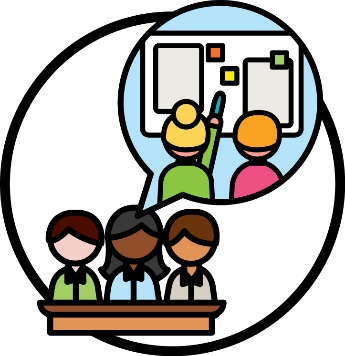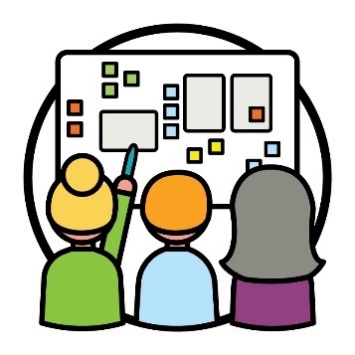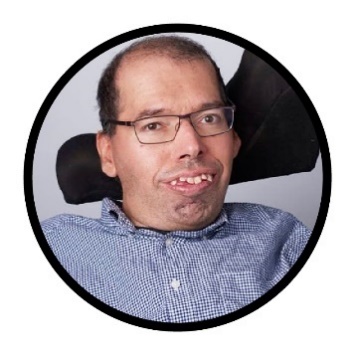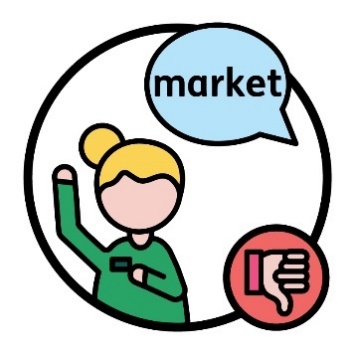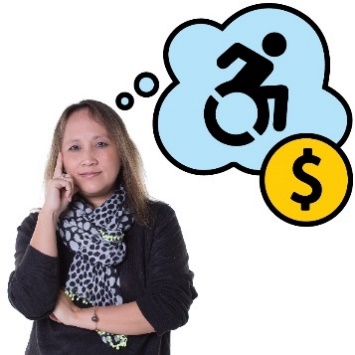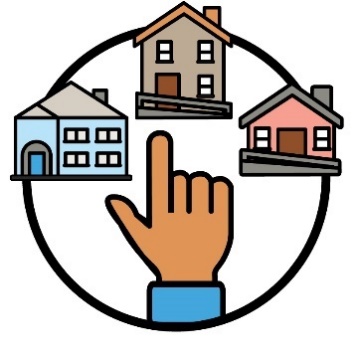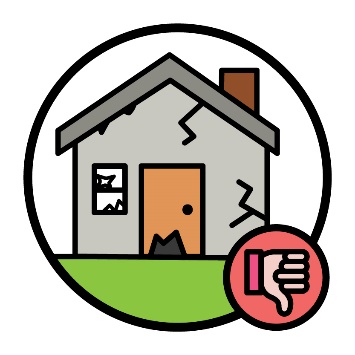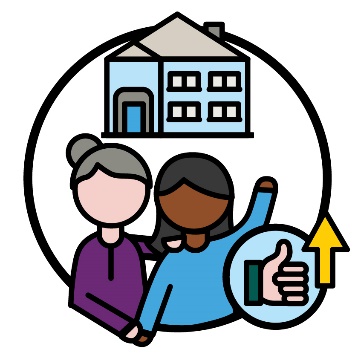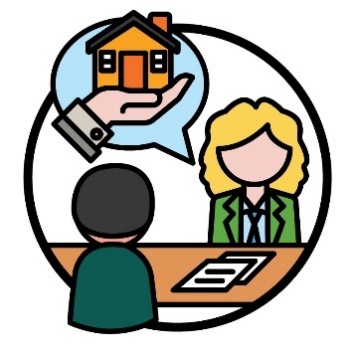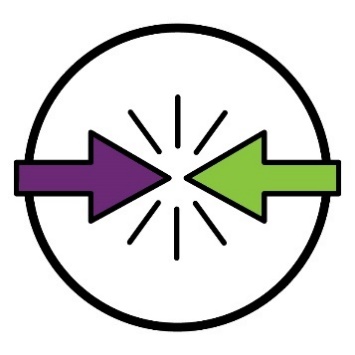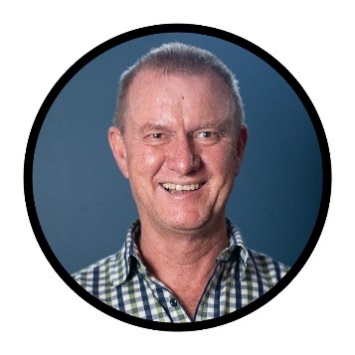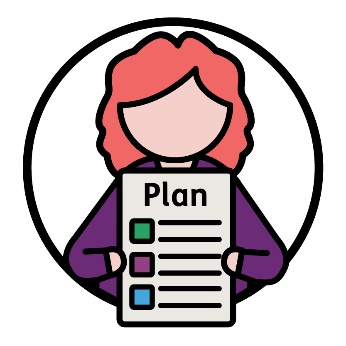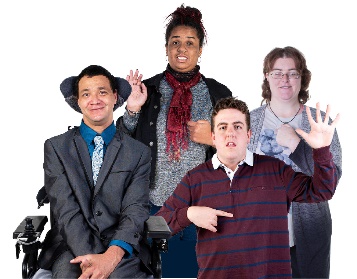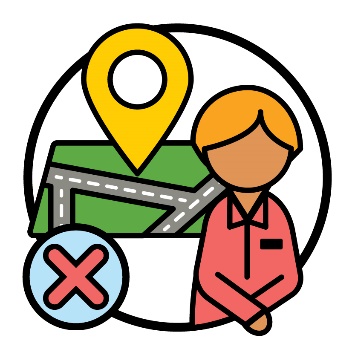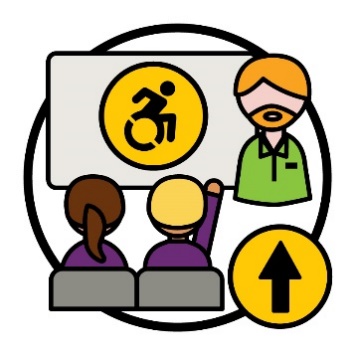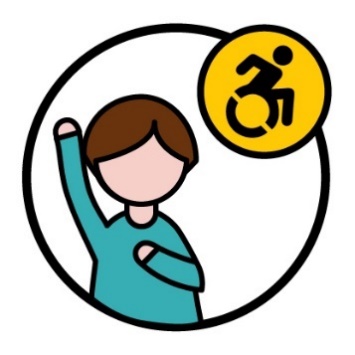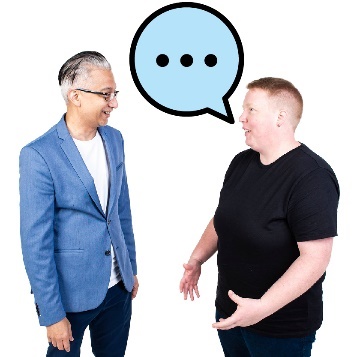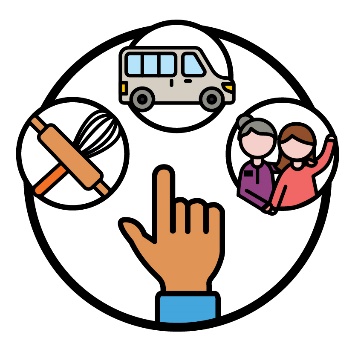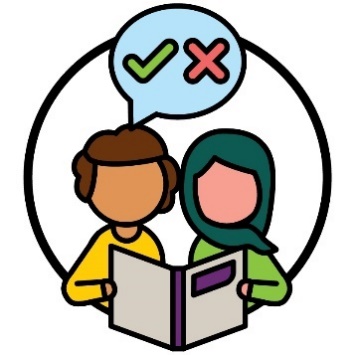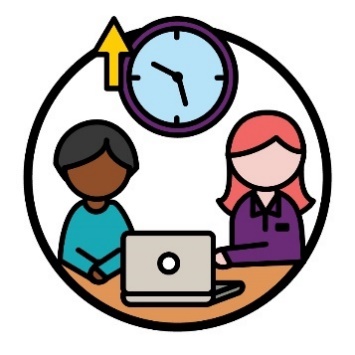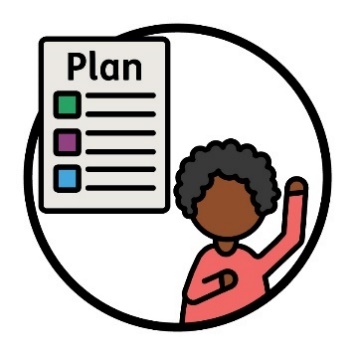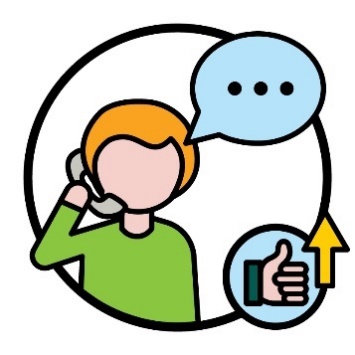NDIA co-design projects
|
|
IAC Members gave the Reference Group an update about their work on the NDIA’s co-design projects. |
|
|
|
Co-design is when people work together to plan something new. |
|
What did Dr George Taleporos share?
|
|
Dr George Taleporos gave an update about the co‑design work for the independent living working group. |
|
|
Reference Group members shared that ‘market’ might not be the best word to describe the work that providers do. |
|
|
They worry that this word will make providers think of people with disability as a chance to make money. |
|
|
Members also shared that people with disability should have choice and control over where they live. |
|
|
Some people with disability live in housing that isn’t good. |
|
|
Members explained that the NDIA should support these people to find a better place to live. |
|
|
Members shared that the community like the idea of a home and living navigator role. A navigator is a person who connects participants with NDIS supports. |
|
|
But it’s important that the NDIA make sure they manage any conflicts of interest. A conflict of interest is when someone could affect a decision so the result is better for them. |
What did Mr Gavin Burner share?
|
|
Mr Gavin Burner gave an update about the co‑design work for the better planning working group. |
|
|
|
An NDIS planner is someone who:
|
|
Reference Group members shared that the NDIA should support NDIS planners who: |
|
|
|
|
|
|
An LAC is someone who helps people with disability find and use supports and services. |
|
|
Members also shared that NDIS planners need more training about lived experience. |
|
|
If you have lived experience of disability, you:
|
|
|
Members explained that NDIS planners should:
|
|
|
|
And that plan meetings should happen in a place where participants feel comfortable. |
|
|
|
NDIS planners should make plans that let participants use their supports in different ways. |
|
|
|
Supported decision-making is when someone helps you make important decisions about your life and how you will live. |
|
|
|
Members also shared that supported decision‑making can take time. This means plan meetings should be longer. |
|
|
Members explained that the NDIA should share information in ways that participants can understand. For example, in Easy Read. |
|
|
Members shared that there should be more support and information about how to:
|
|
|
Members also shared that participants want an easier way for them to contact their NDIS planner. |
